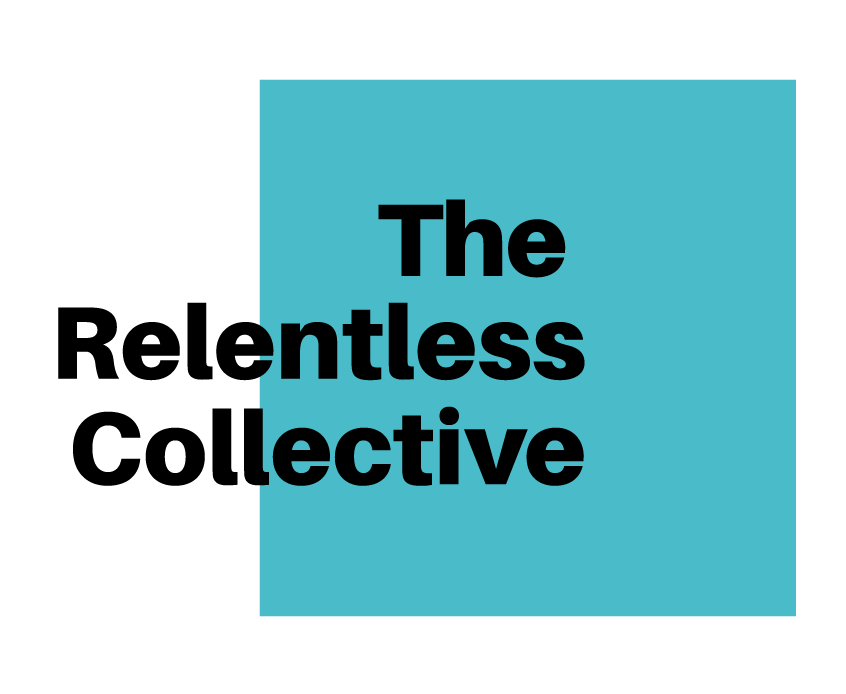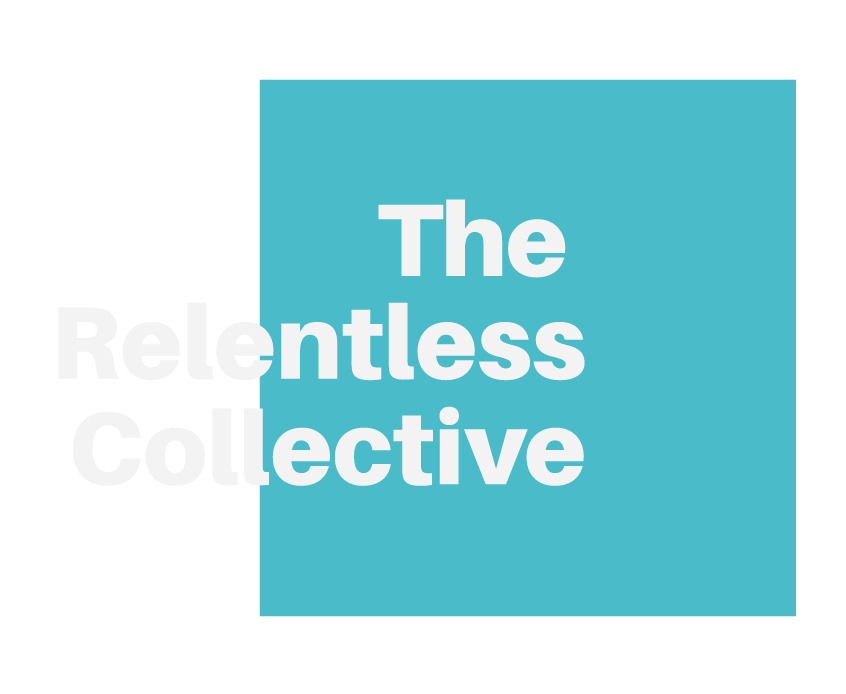
21 Apr Don’t kill your clout: Top 10 trip-ups to avoid on your executive branding journey
In the age of digital transformation and hypercommunication, a stellar executive brand can cultivate key business contacts and unlock a world of opportunity. But there’s a lot at stake when you put yourself out there and make your mark in the public eye. Pitfalls await and missteps can damage your reputation. Simply put, executive branding can make or break you.
Here are the top 10 trip-ups that should be avoided as you embark on your executive branding journey.
#1 You’re not committed to developing your executive brand
The mistake of not taking an interest in developing an executive brand is by far the most egregious and detrimental mistake leaders make in today’s competitive marketplace – but being you’ve read this far, you’ve cleared the first hurdle. There’s a difference, however, between interest and commitment. You need to be fully dedicated to developing your executive brand if you want to maximize its impact.
Going just halfway without a proactive strategy in place – maybe some social media posts here and there and sporadic event appearances – is a huge mistake. Disparate efforts will not bring positive results to your executive brand. Audiences won’t be impressed if they view your LinkedIn page and see the last engagement you had was from months ago. The same applies if your content is found to be disingenuous, unoriginal, robotic, or impersonal. Authenticity and true brand-building take time.
#2 You aren’t focusing on your niche
Today’s marketplace is crowded and there’s a lot of noise. One of the best ways to get your voice heard is to define your executive brand as narrowly as possible so that you’re reaching a highly targeted audience that is not only invested in your area of expertise but hungry for your insights. If you fail in this aspect, your voice may be drowned out and your messaging may not reach your most important stakeholders.
For example, if you specialize in professional services for international businesses, messaging should mostly be aimed at multinational companies that need your line of services. Defining your niche also allows for deeper conversations, while positioning you as an industry leader and influencer – the person people turn to for the best information and actionable insights. In turn, making your organization top of mind for current or upcoming business needs.
#3 You’re getting followers for the sake of numbers
The first rookie mistake in executive branding is getting followers for the sake of getting followers. The number of followers you have is immaterial compared to the amount of engagement you’re eliciting. What will be more valuable to you? A half a million fake followers for the sake of vanity or a few dozen loyal fans who engage with your content regularly and have strong potential to turn into customers, referral sources or even advocates?
#4 You’re not telling your personal story
Storytelling is at the foundation of branding and the most important part of storytelling is connecting with your audience. Perhaps the greatest challenges come in providing context, meaning and passion to what would otherwise be esoteric facts or dull figures.
Just like corporate branding, your audience should be able to connect to and see themselves in your product. When you are your own product, as is the case in executive branding, you must get personal in telling your story. If your content lacks individuality, authenticity, and could be posted by someone else without anyone noticing, it’s a clear sign you are lacking a strong story.
#5 You’re only focusing on you, not your customers
You cannot expect people to gravitate to you based on your story alone. Your message must also relate to your audience, as 87% of consumers say that personally relevant branded content positively influences how they feel about a brand. Be sure to provide your followers with helpful resources and be available to readily answer questions. When you give people what they’re looking for, you’ll see ROI in more followers, referral sources, leads, career-enhancing opportunities, advocates, and contacts.
#6 You’re caught up in the career you have, not the one you want
Too often, professionals draw from all of their past experiences and focus on their greatest historical achievements. But the underlying goal of executive branding should be to take you where you want to go, not where you’ve already been. When telling your story, be sure to curate which experiences best align with your future endeavors. Don’t be afraid to be a visionary!
#7 You’re only sharing other people’s content
When developing your executive brand, it’s important that you create your own content. Otherwise, you are just promoting others’ work – or like a cover band playing someone else’s greatest hits. Creating content with your own perspective (and in your own voice), will help you establish a unique authority within your industry – an imperative function of executive branding.
#8 You’re hiding behind the screen
In the digital age, it’s easy to do all communication online but it’s important to put your face out there too. Sure, this can be done via webinars or Q&A livestreams. But don’t forget that you can also serve as the “in the flesh” spokesperson for yourself (via panels, keynotes, networking events, and so on). In-person relationships are powerful and are becoming increasingly novel. So print those business cards (or queue up your LinkedIn QR code), attend events, set up coffee appointments, and rediscover the art of face-to-face communication.
#9 You’re not staying the course
Executive branding is a long-term strategy and you cannot expect results overnight. Essentially, you are trying to attract a community of followers – sometimes called a tribe – that consumes your content and engages with you. You are essentially forming relationships. You must continue to provide value to nurture these relationships and build trust with your audience. If you don’t stay the course and remain consistent, these relationships will never blossom.
#10 You don’t dedicate the necessary resources
If one thing is clear, it’s that executive branding is no longer just a competitive advantage. It has become a requirement. On average, it takes five to seven impressions for someone to remember a brand – consider the amount of time and energy you will need to put in just to get people to remember you.
Some professionals hire third-party experts that can help them scale the executive branding process, overcome challenges and circumvent common pitfalls. An expert branding team assists at all phases of the journey, from identifying your niche, crafting your messaging, creating content, and propelling your executive brand forward.


No Comments